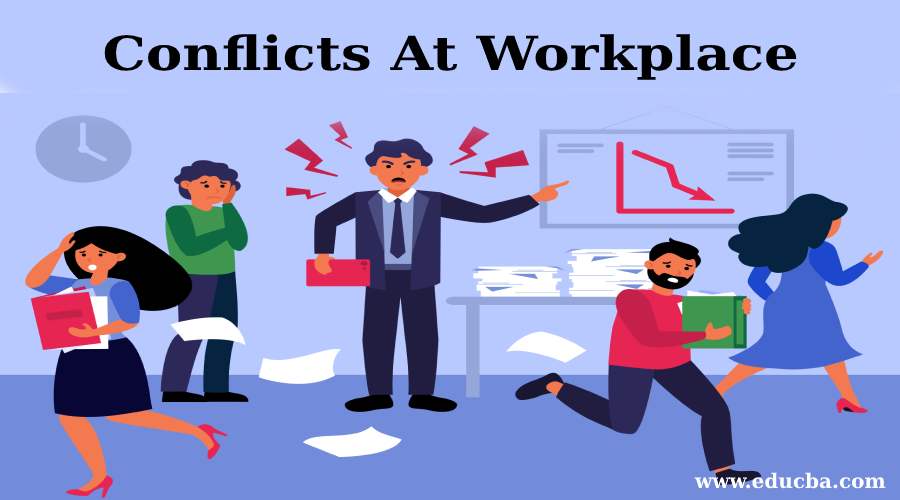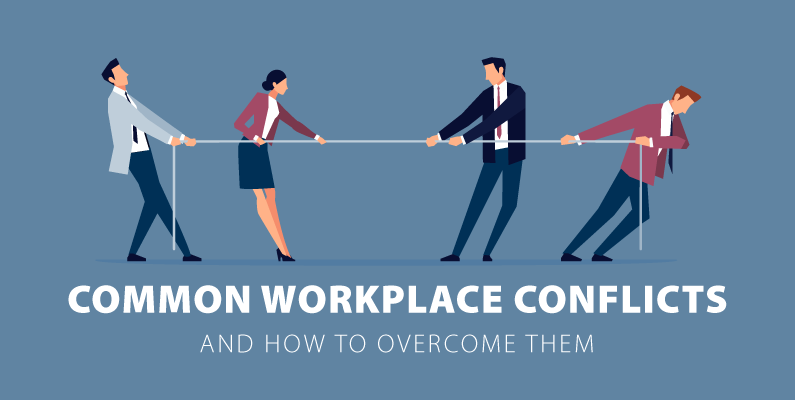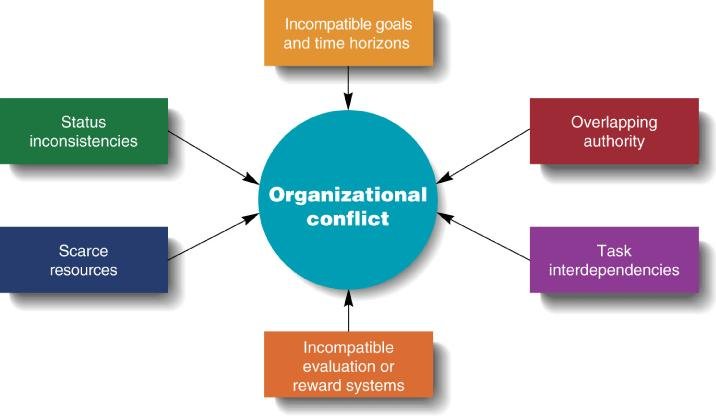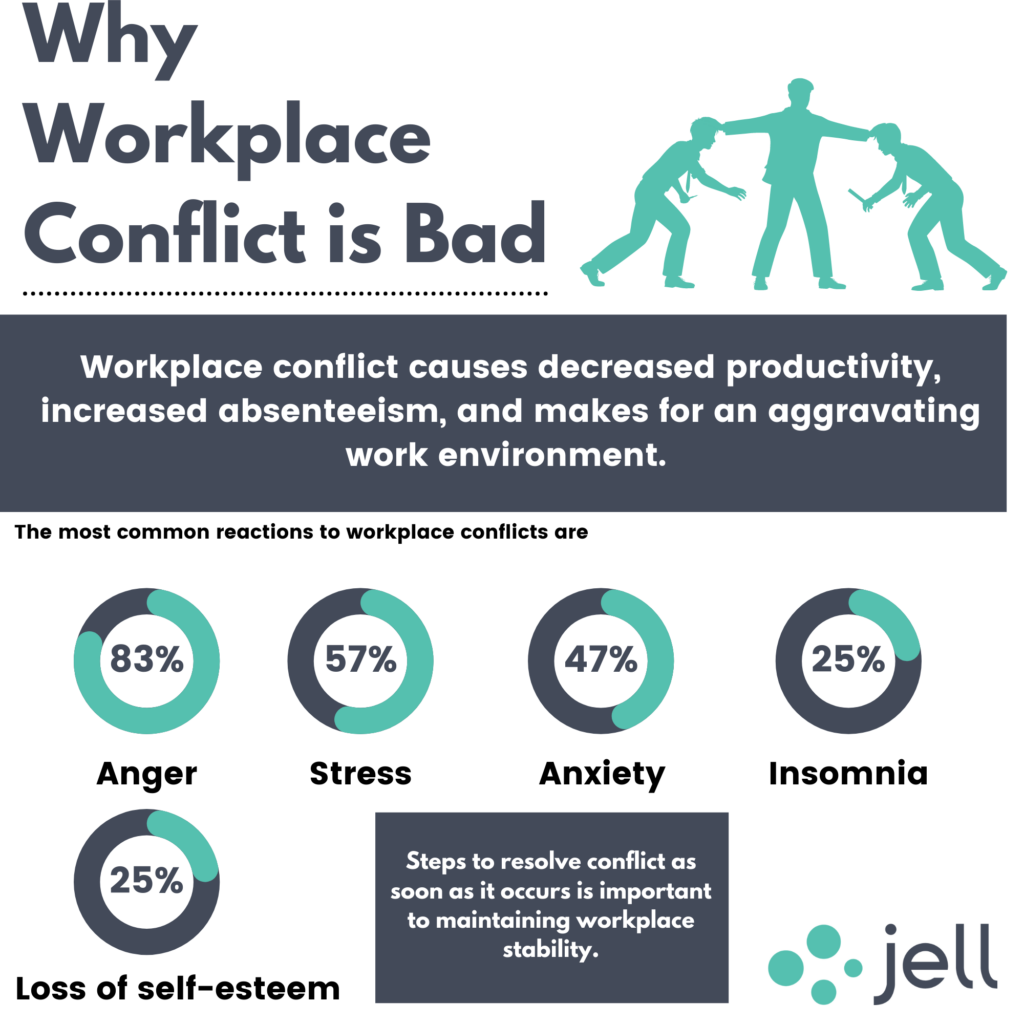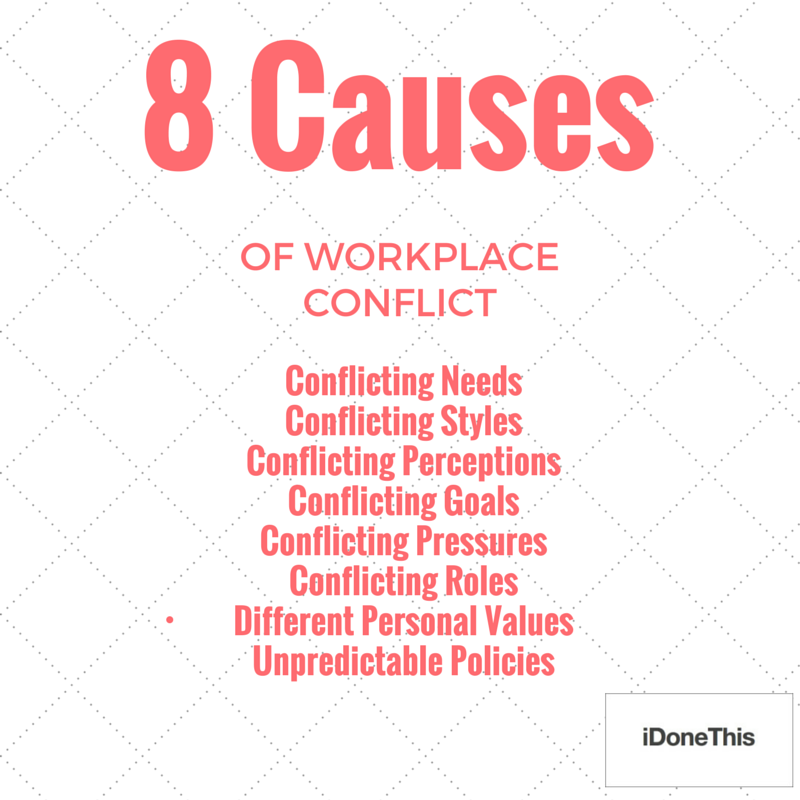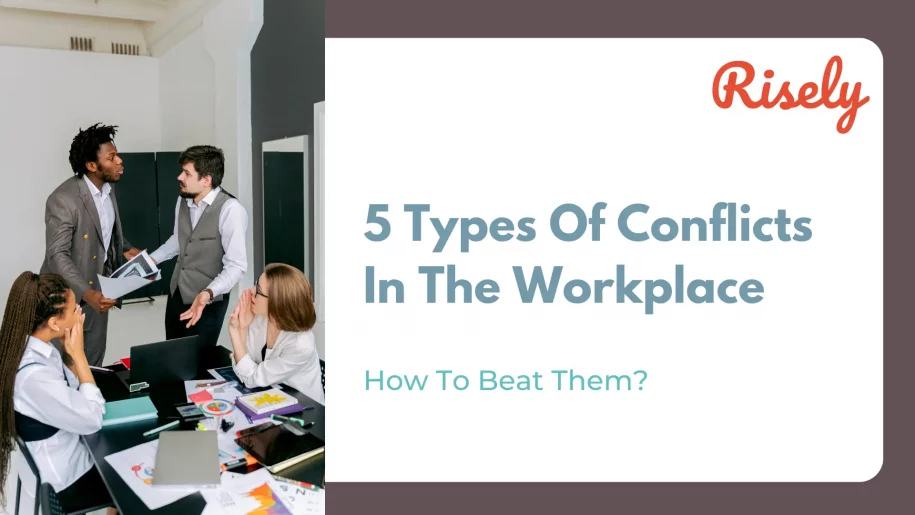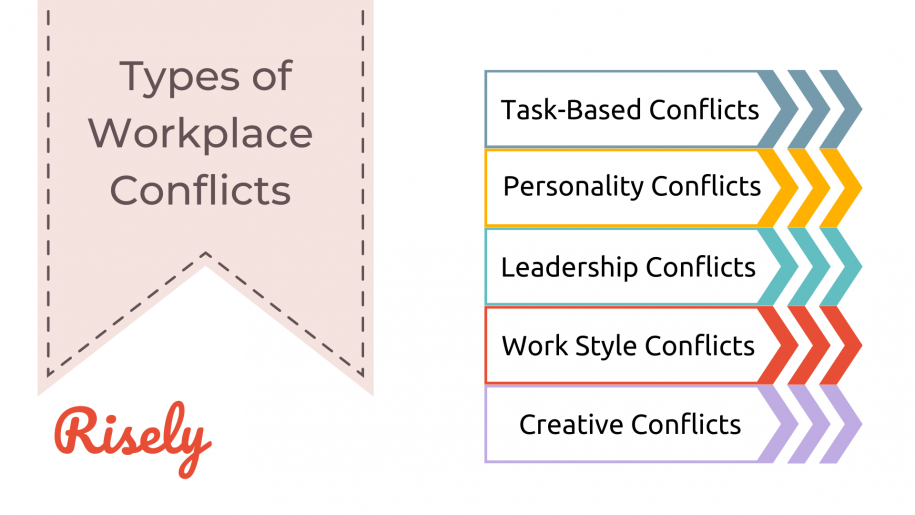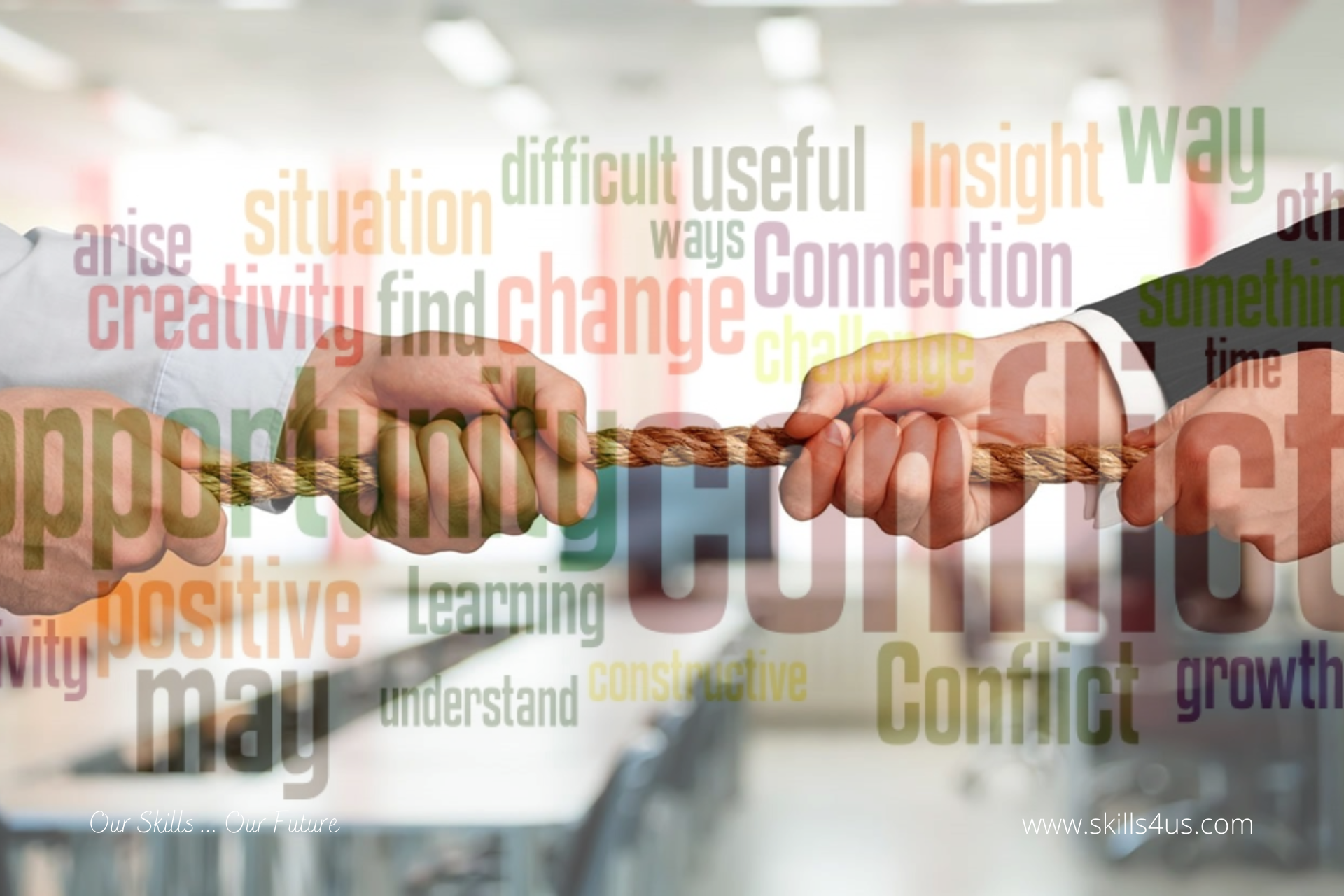Why Conflict Happens In The Workplace
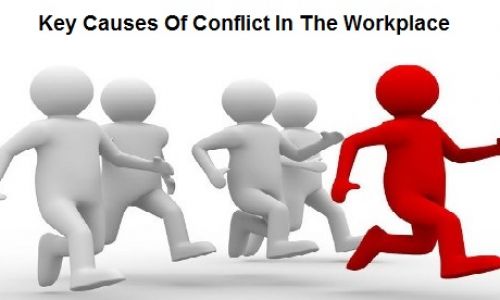
Workplace conflict is a pervasive issue, costing businesses billions annually and impacting employee morale and productivity. Understanding its root causes is crucial for fostering healthier and more effective work environments.
The High Cost of Discord
The CIPD (Chartered Institute of Personnel and Development) estimates that conflict at work costs UK organizations £28.5 billion each year. This figure encompasses lost working time, formal and informal dispute resolution, and decreased productivity. A study by CPP Global Human Capital Report found that employees in the US spend approximately 2.8 hours per week dealing with conflict, equating to roughly $359 billion in paid hours annually.
Common Catalysts: Unpacking the "Why"
So, why does conflict erupt in the workplace? One of the most frequent triggers is poor communication. Unclear expectations, inadequate feedback, and lack of transparency can breed misunderstanding and resentment.
Conflicting goals and objectives are another major contributor. When individuals or teams are working at cross-purposes, friction is almost inevitable. This often stems from a lack of alignment in strategic direction and individual responsibilities.
Personality clashes are also a significant factor. Differences in working styles, communication preferences, and personal values can lead to interpersonal conflict. These clashes are often exacerbated by poor team dynamics and a lack of understanding.
Inadequate resources, including budget, equipment, and staffing, can create significant stress and competition, fueling conflict. A lack of support can lead to burnout and frustration, contributing to a hostile work environment.
Power Imbalances and Bias
Power imbalances, whether perceived or real, can contribute to a climate of fear and resentment. Employees may feel they are not being treated fairly or that their voices are not being heard, which increases tension.
Unconscious bias and discrimination are also significant drivers of conflict. A study by the EEOC (Equal Employment Opportunity Commission) shows a clear link between bias and workplace disputes. This can manifest in hiring, promotions, and day-to-day interactions, leading to legal issues and severe employee dissatisfaction.
The "How" Conflict Manifests
Conflict manifests in various ways, from passive-aggressive behavior and gossip to open arguments and even litigation. According to SHRM (Society for Human Resource Management), a poorly managed conflict can escalate rapidly, impacting team cohesion and overall morale.
Unresolved conflict can also lead to increased absenteeism and employee turnover. The emotional toll of dealing with ongoing disputes can be significant, impacting mental health and job satisfaction. High employee turnover can create a vicious cycle of conflict.
The Path Forward
Addressing workplace conflict requires a proactive and multi-faceted approach. Organizations need to invest in communication training, conflict resolution workshops, and clear policies that address unacceptable behavior. Investing in training will give employees the skills and tools to resolve conflict more effectively.
Developing a strong culture of respect and inclusivity is also crucial. This includes promoting diversity and inclusion initiatives, fostering open communication, and providing opportunities for employees to voice their concerns. Prioritizing this will help build a more positive work environment.
Furthermore, establishing clear reporting mechanisms and ensuring that complaints are handled promptly and fairly is essential. Implementing a zero-tolerance policy for harassment and discrimination sends a strong message that these behaviors will not be tolerated. These actions can prevent minor disagreements from escalating into major conflicts.

